How to Easily Make Custom Shadows Overlays in Photoshop
Photoshop Shadows Overlays
Shadows are a bit more than a dark patch on a canvas, they effortlessly transform flat images giving them depth, adding drama and an irresistible mood. But sometimes, the image you want to use does not have that specific shadow you want (an object, a window, a tree, a plant, etc) and you may discard that image just for that reason. Fortunatelly, there are many different ways to add custom shadows to an image, and today I will show you a simple and effective way to create your own shadows in Photoshop using any image that you want to be used over any other image that you wish.
Step 1
Open the image you want to use as a shadow in Photoshop.

Step 2
Using your prefered method cut your object from the background, which in this case is the plant. I will be using the "select subject" method although the selection does not need to be too precise.
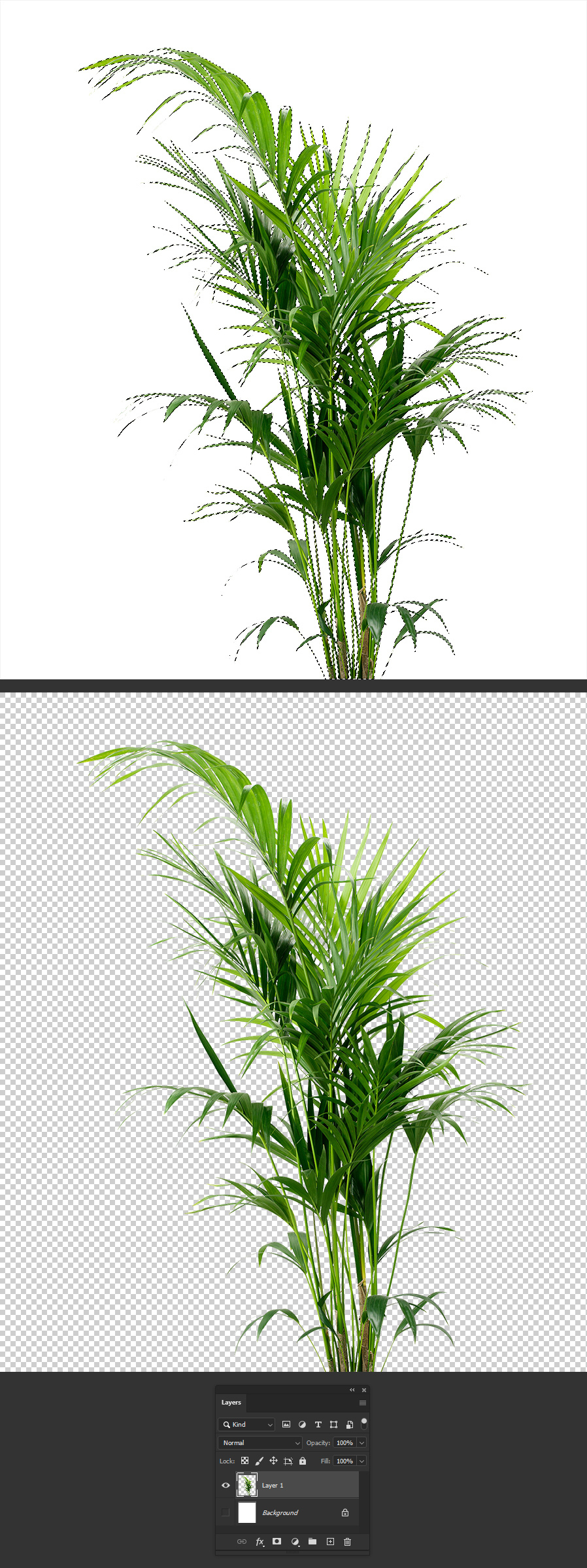
Step 3
With your object layer active, go to Layer > Layer Style > Color Overlay. Set the Blend Mode to "Normal", the color to #000000 and click OK in the Layer Style window.
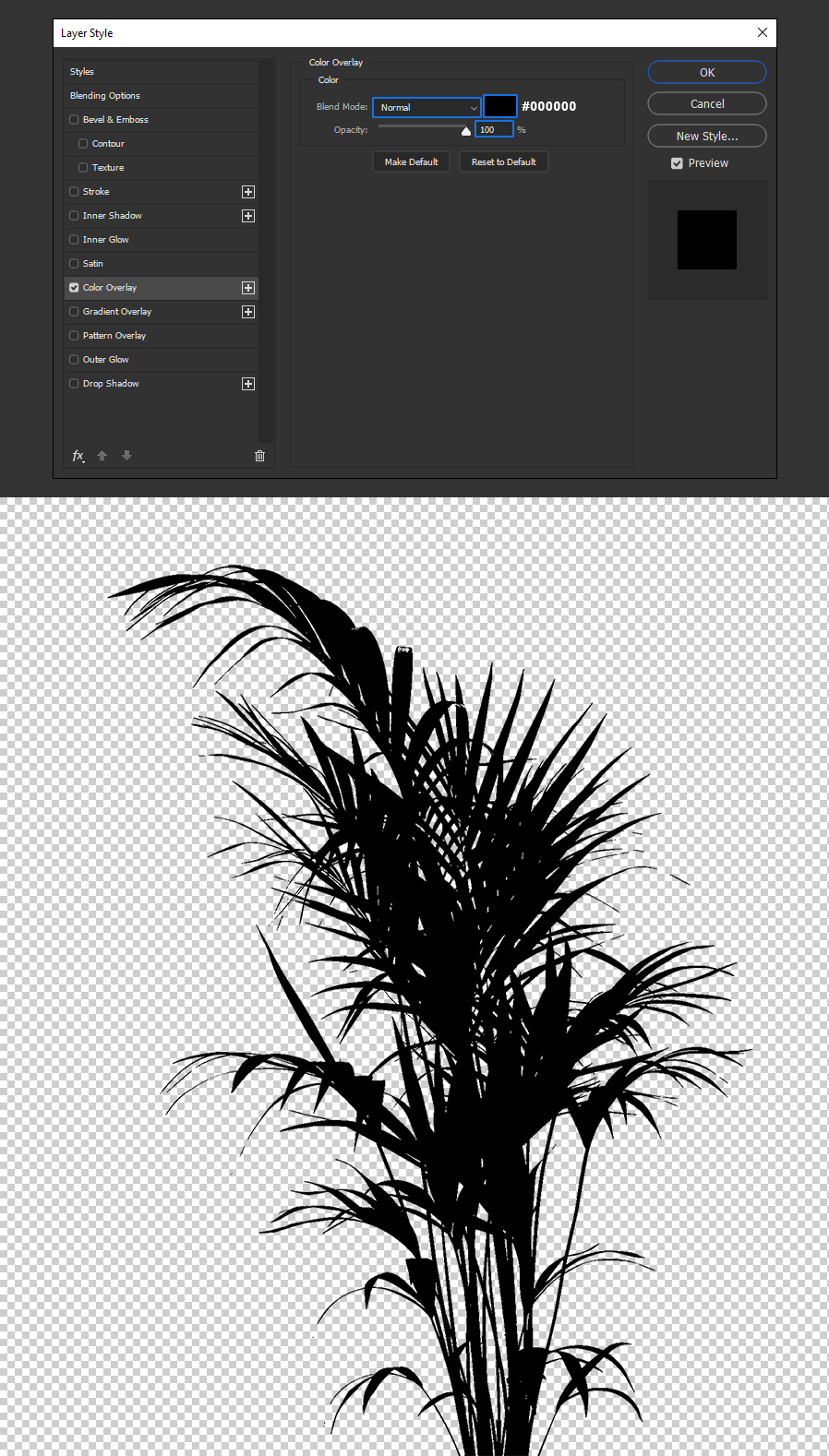
Step 4
Go to Layer > Smart Objects > Convert to Smart Object.
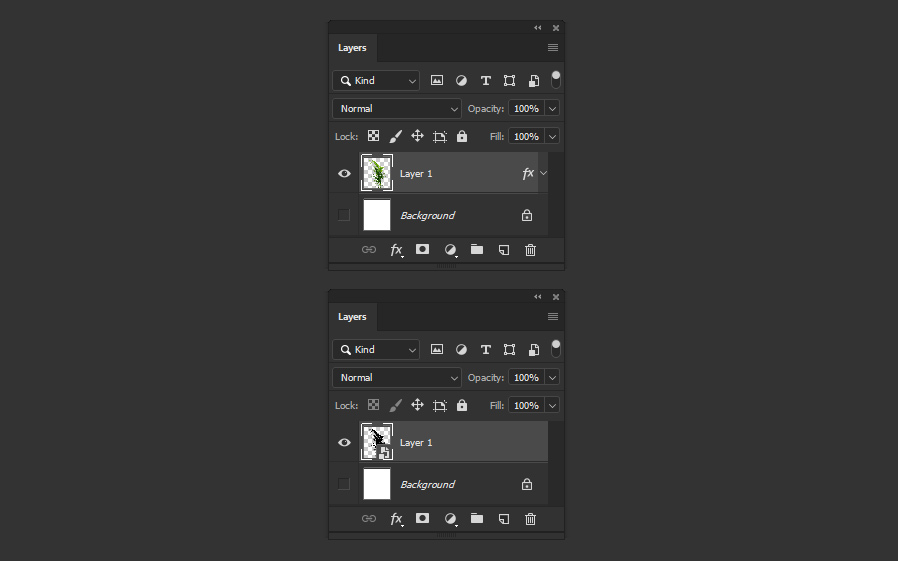
Step 5
Go to Filter > Blur > Gaussian Blur. Aim to blur as much of your object as possible, but without loosing the shape of it. In this case, a Radius of 9 pixels seems to work just fine. Once you find your perfect value, click OK in the Gaussian Blur window.
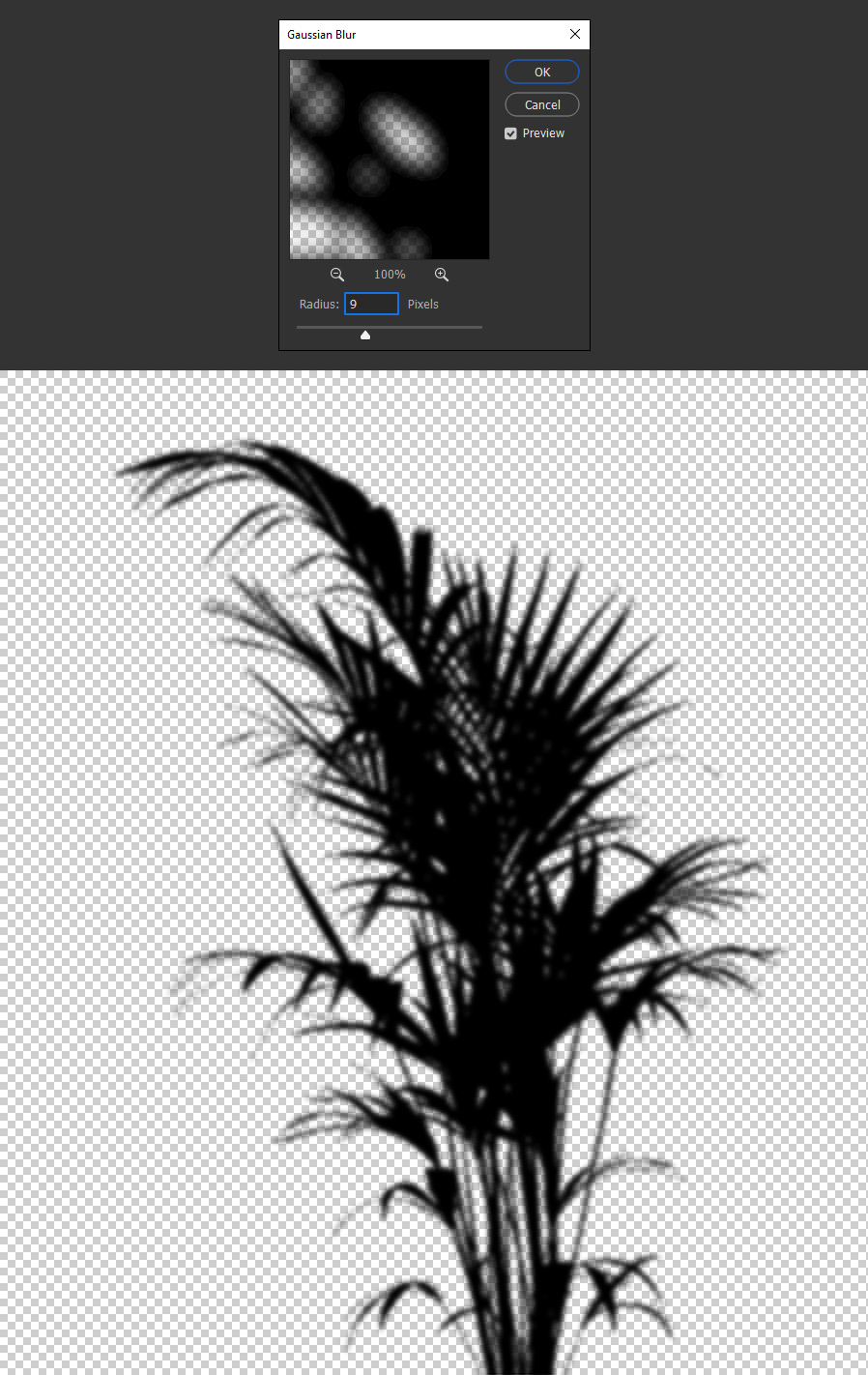
Step 6
Next, go to Filter > Blur > Box Blur. Again, aim to blur as much of your object as possible without loosing the main shape, and keeping some details from the previous blur effect. In this case, a Radius of 20 pixels seems to work just fine. Once you find a value that works for you, click OK in the Box Blur window.
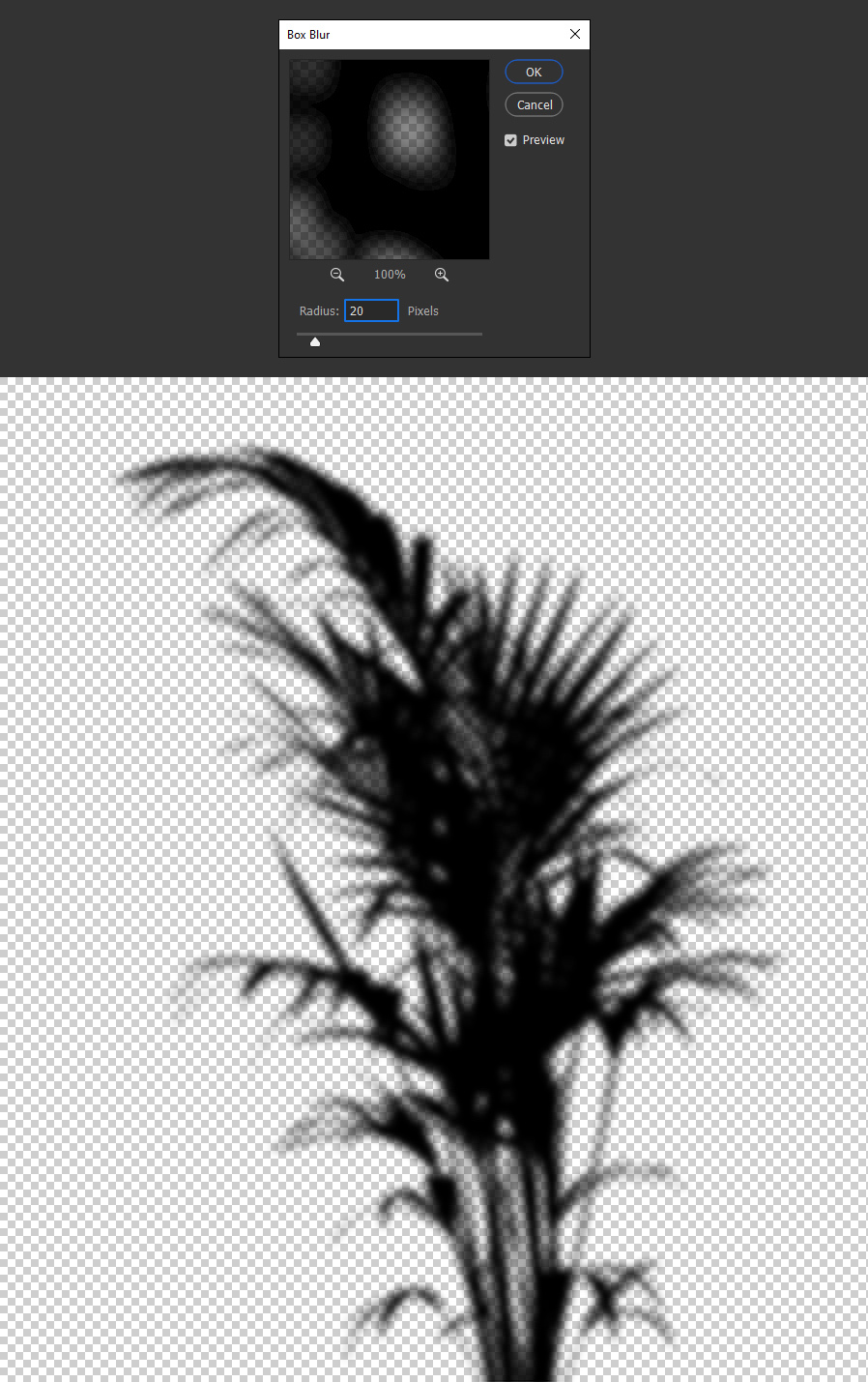
Step 7
Be sure to have your Background layer turned off and save the file as a PNG on your computer.
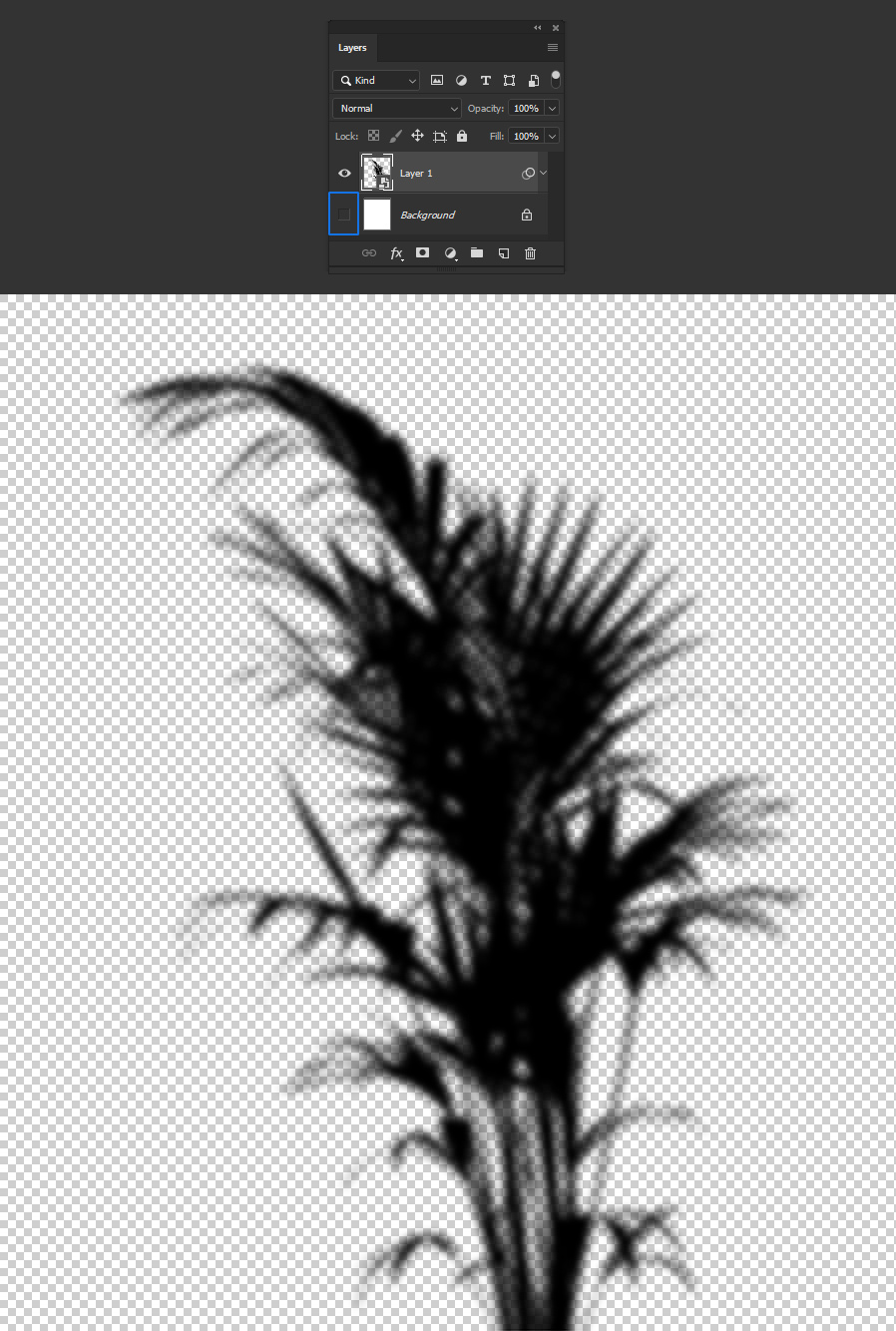
Step 8
To test our new overlay shadow, open any image in Photoshop.
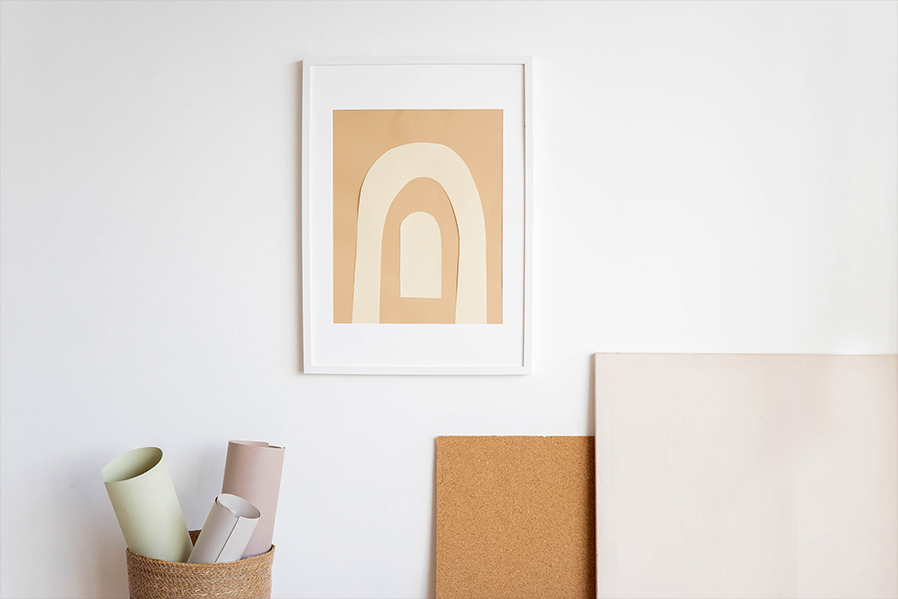
Step 9
Go to File > Place Embedded, locate the PNG file with the shadow we just made on your computer and click the Place button.
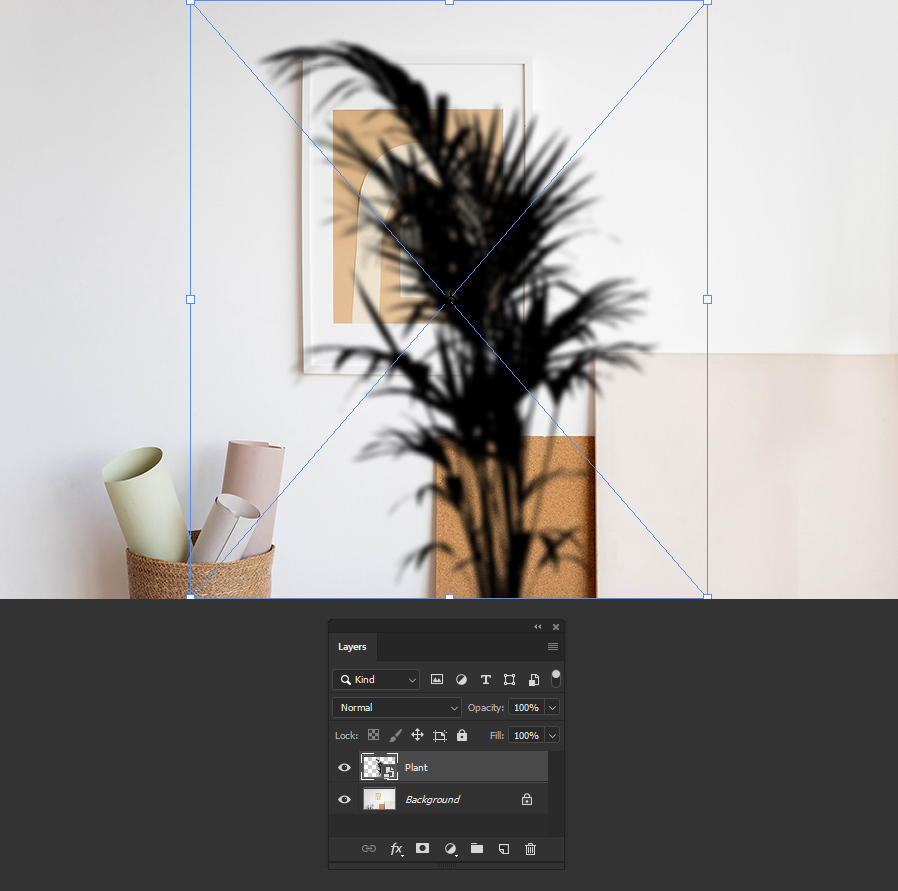
Step 10
Set your prefered location and position for the shadow and hit the Enter key on your keyboard to commit the changes.
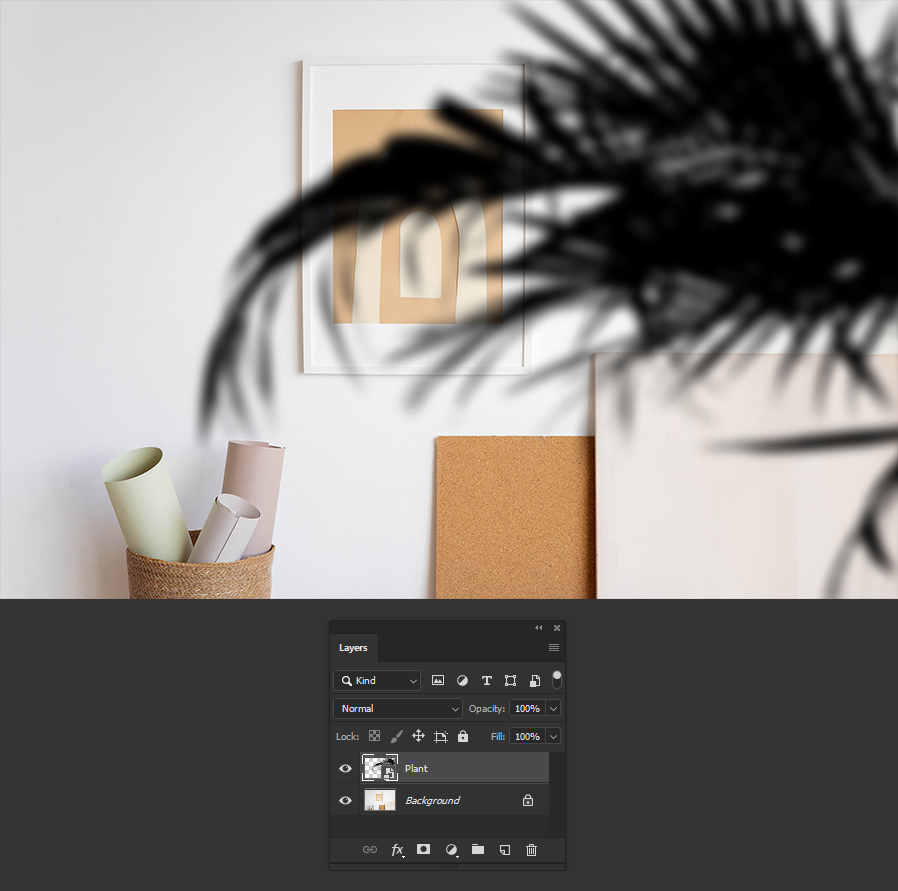
Step 11
Lastly, set the layer blend mode to Multiply or Darker Color and bring down the Fill to your liking.
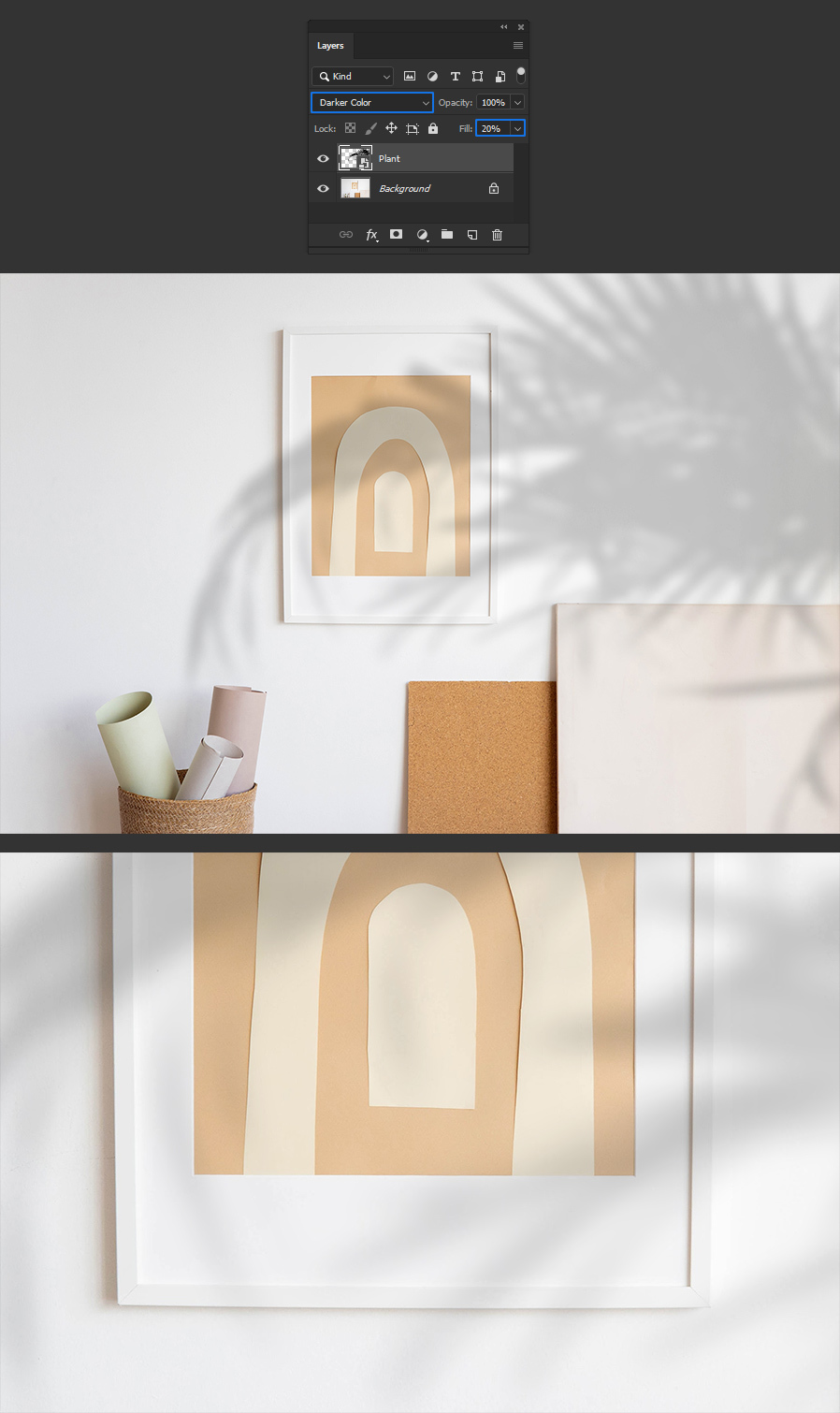
Some Final Words:
Now that you know how you can create your own overlay shadows in Photoshop, you can repeat the process described here for any other object you want to use and instantly change the mood of your images while adding a subtle depth to it.

